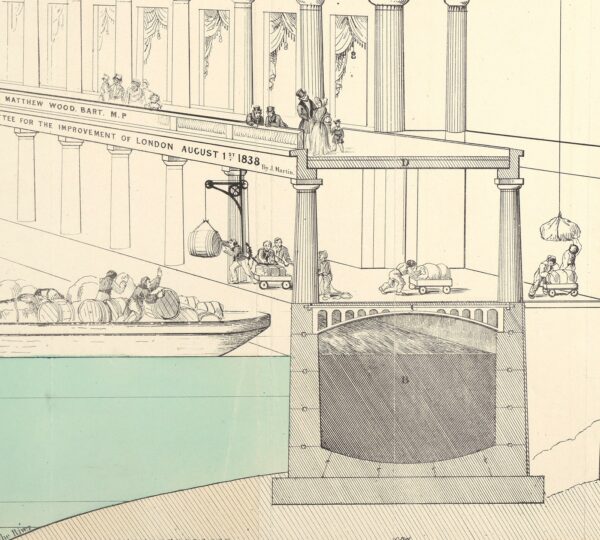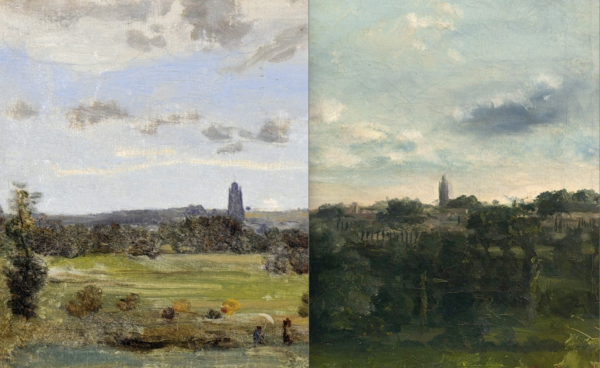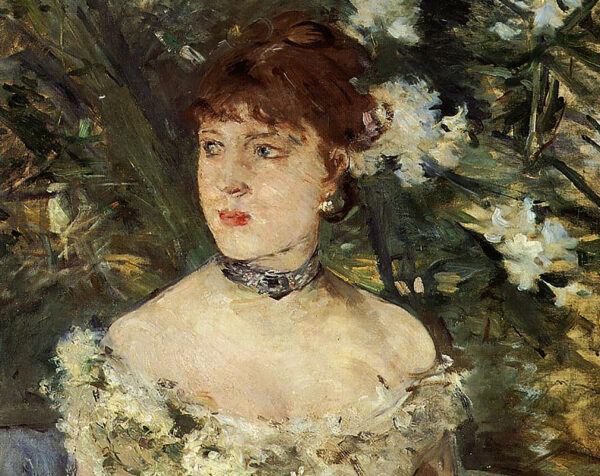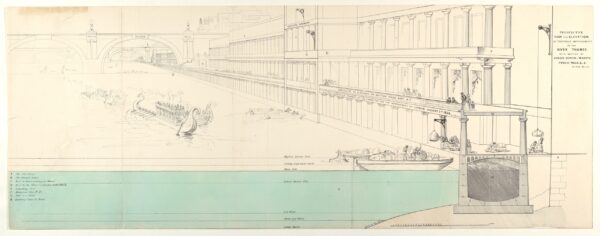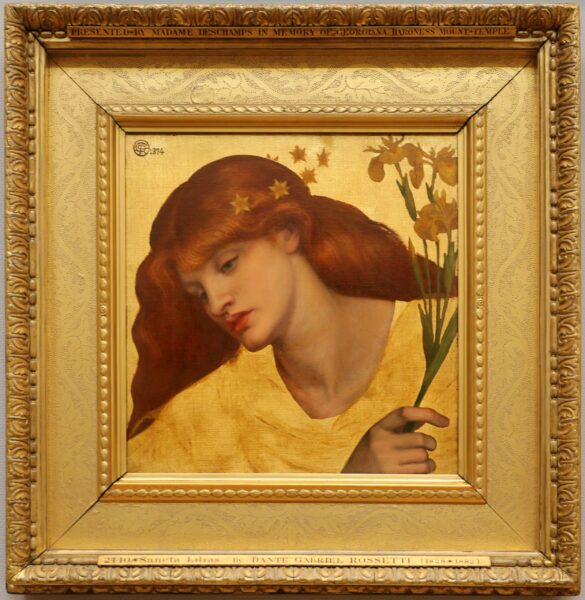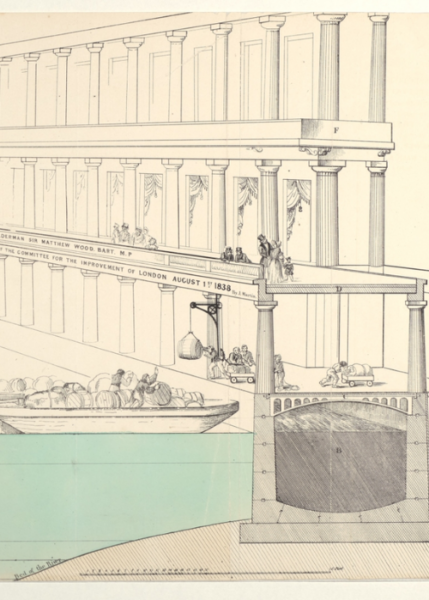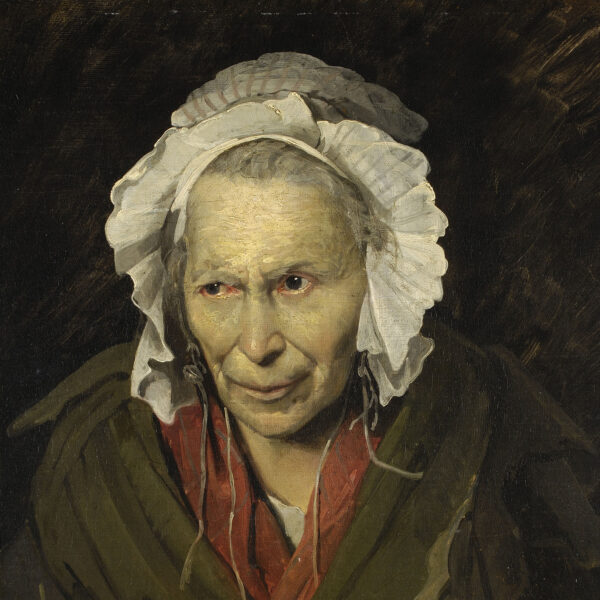
From Géricault’s Monomanes to Balzac’s La Recherche De L’absolu
Now I want to go a step further and propose that the portraits of monomanes represent not only a climactic stage in Géricault’s development but also a decisive episode in the antitheatrical dialectic generally—as if they mark the limit case of absorption, beyond which for the moment, but perhaps not only for the moment, it was impossible for painting to go.

